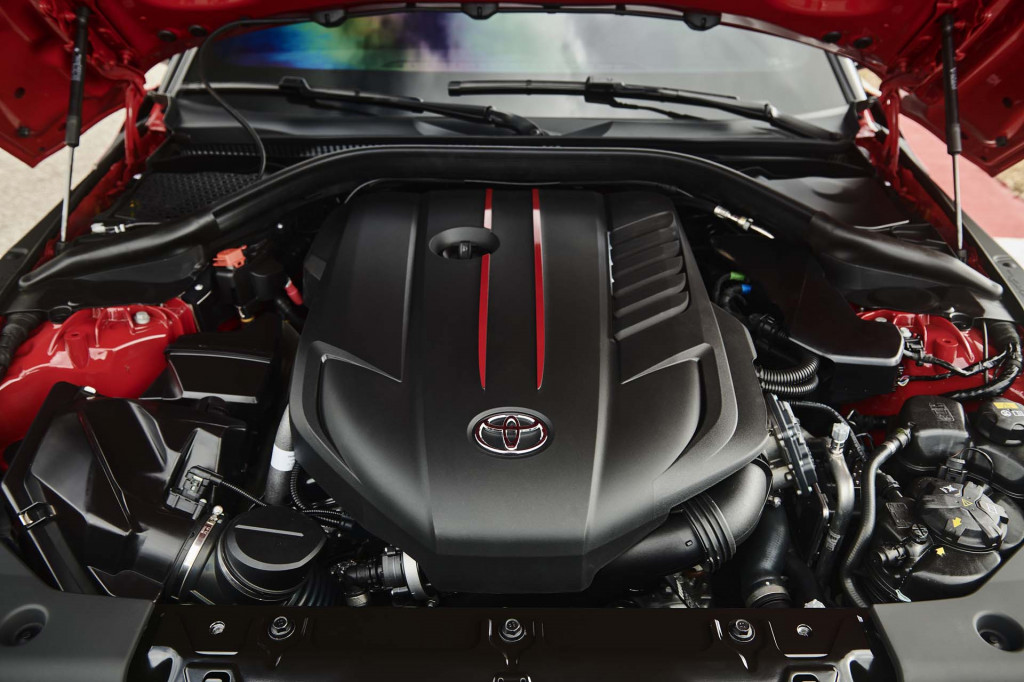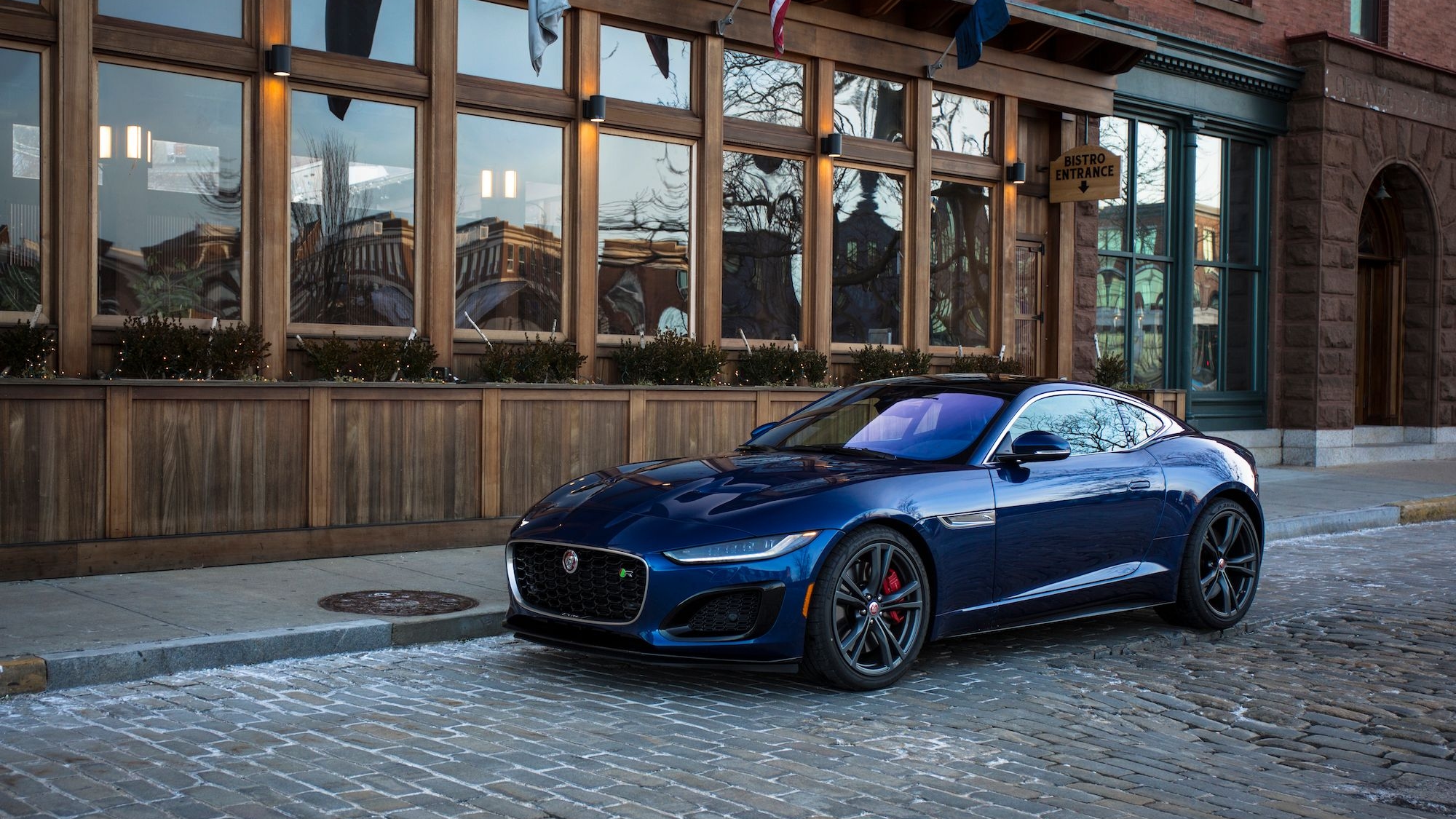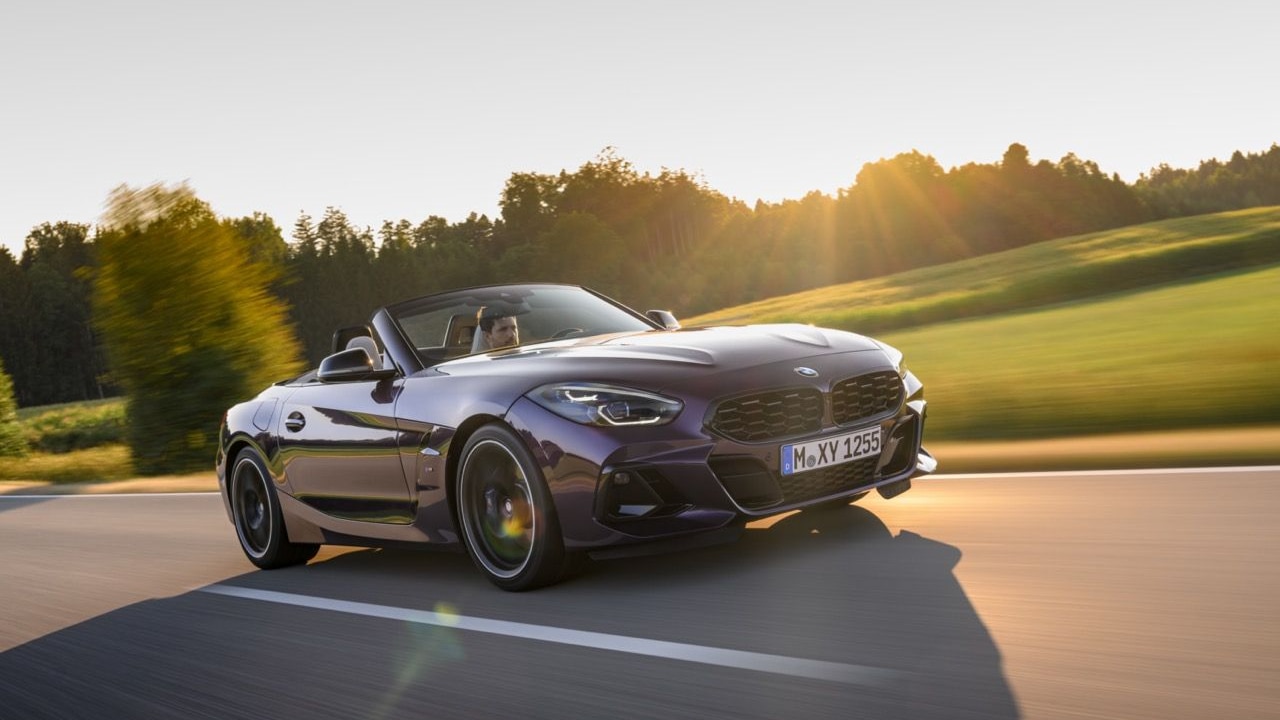As we're all well aware of by now, the 2020 Toyota Supra uses a lot of BMW engineering and components. One of the main elements borrowed from BMW is the 3.0-liter turbocharged inline-6 engine.
Engineering guru and explainer extraordinaire Jason Fenske of Engineering Explained dedicated an entire episode to provide a deep dive into the fifth-generation Supra's engine. It's clear: this isn't a 2JZ, but that's not a bad thing.
Jason begins by discussing what the engine code means. BMW's internal code for the 3.0-liter turbocharged inline-6 is "B58B30O1." It's basically the same engine as used in the Supra's sibling, the BMW Z4, but the Z4 uses a higher-performance variant. The Supra's engine is also found in the BMW X5. BMW aficionados will know the B58 engine is the successor to the N55 engine. The new engine notably uses a closed-deck block instead of an open-deck design. The move increases rigidity, but requires coolant bores rather than the plentiful cooling around the cylinders of an open-deck design.
The engine also features thinner cylinder walls compared to the N55 due to the use of electric arc wire spray coating. This replaces the N55's cast-iron cylinder wall. The new process is better for heat dissipation, provides lower friction, and weighs less. However, the cylinders cannot be machined again after production.

2020 Toyota Supra
The Supra's B58 also features BMW's VANOS variable valve timing and Valvetronic variable valve lift technologies. Both help improve torque at low rpm, but at high rpm, the systems pull in more air and make more power. The engine also incorporates internal EGR, or exhaust gas recirculation, which reduces combustion temperatures and emissions.
Moving on, we arrive at the turbocharger, specifically, the B58 uses a twin-scroll turbo just like the N55. Jason says it makes a lot of sense to use a twin-scroll unit with an inline-6 engine. Each scroll of the turbocharger links to a bank of the exhaust manifold fed by three cylinders. This design separates the exhaust pulses so they won't overlap and the cylinders won't compete for boost pressure. Basically, it ensures that no more than one exhaust valve is open at a time, which maximizes boost and power.
To sum up, the new Supra uses a fantastic BMW engine. It may not be the beloved 2JZ, but it promises to be powerful and efficient. Toyota has quoted a 0-60 mph time of just 4.1 seconds. We can't wait to drive it.
For even more information, check out the video above.


